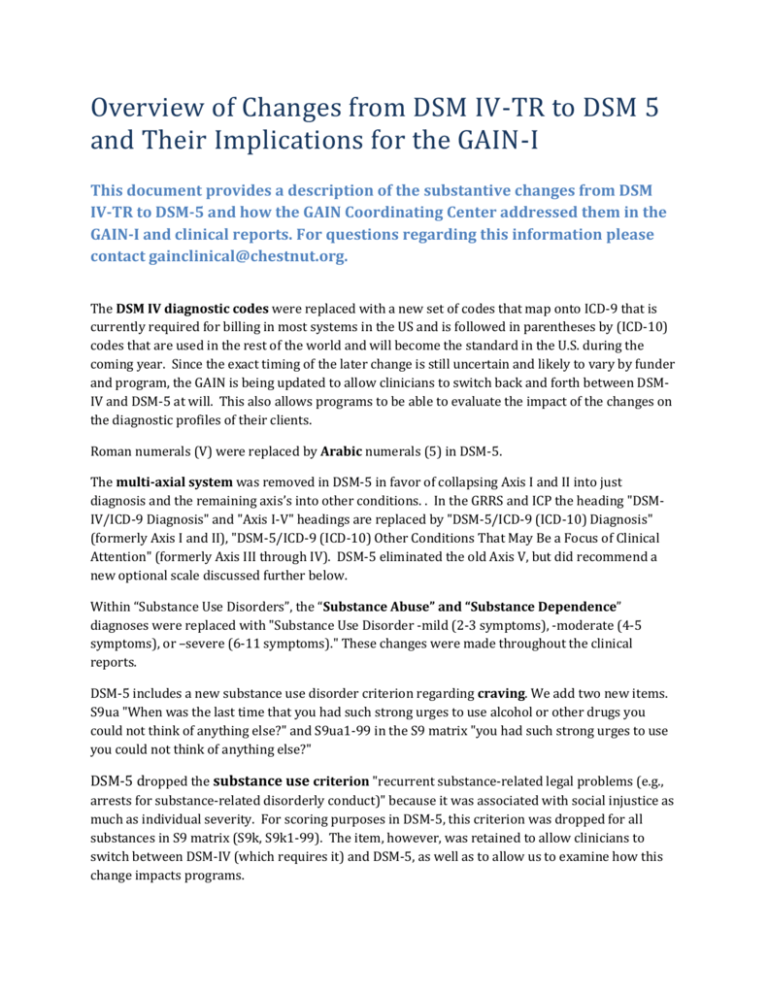
A great deal of time is spent in activities necessary to obtain alcohol, use alcohol, or recover from its effects.Ĥ. There is a persistent desire or unsuccessful efforts to cut down or control alcohol use.ģ. Alcohol is often taken in larger amounts or over a longer period than was intended.Ģ. A problematic pattern of alcohol use leading to clinically significant impairment or distress, as manifested by at least two of the following, occurring within a 12-month period:ġ.

Withdrawal – Alcohol is taken to relieve symptoms of withdrawal, which include (among others) depression, fatigue, mood swings, anxiety, and irritability.A.Tolerance – The patient has developed either a need for greater amounts of alcohol to reach his or her desired level of intoxication, or has observed a reduced effect when using the usual amount of alcohol.Use Despite Understanding of Consequences – Alcohol use persists despite the patient’s knowledge of a physical or psychological problem that’s likely caused by alcohol.Physical Harm – The patient has consumed alcohol in situations that are dangerous or that pose a threat to physical health.
#Substance use disorder dsm 5 professional#
Abandonment of Activities – Significant recreational and professional activities have been ignored or reduced in frequency as a result of alcohol use.Use Continues Despite Conflicts – The patient has experienced ongoing social problems that are exacerbated by alcohol use, but continues his or her pattern of use, regardless.Impact on Daily Obligations – Alcohol use has impaired the patient’s ability to fulfill work or personal duties.Cravings – The patient experiences a regular, powerful urge to use alcohol.Significant Time Investment – A significant amount of the patient’s time is spent pursuing and using alcohol or recovering from its use.Unsuccessful Attempts to Quit – The patient wants to control his or her alcohol intake, but each attempt to do so has failed.Lack of Control – Alcohol is frequently consumed in larger quantities or for a longer time than the patient intends.As an example, here’s how addiction counselors would apply them to patient assessment for alcohol use disorder (AUD): The 11 criteria apply to various substances. The DSM-5 establishes 11 criteria as the basis that addiction counselors and other professionals use in assessing the extent of a patient’s substance use disorder. Things changed with the 2013 publication of the manual’s fifth edition, the DSM-5, which combines substance abuse and substance dependence into a single category called substance use disorder, which has levels ranging from mild to severe.
#Substance use disorder dsm 5 manual#
The Diagnostic and Statistical Manual of Mental Disorders (DSM), the official guide for diagnosing behavioral disorders, had in its fourth edition (DSM IV) the classifications “substance abuse” and “substance dependence.” That classification was reconsidered for a variety of reasons, including the fact that several studies showed that the assumptions about substance abuse and dependence did not hold true, the stratification “orphaned” some people who had a serious issue but did not meet the criteria for either diagnosis, substance dependence was often confused with physical dependence and the word “abuse” had negative connotations about patients.

In recent years, related medical terminology has been changed and clarified.
/close-up-of-mixed-race-woman-holding-medication-capsule-543195329-594ac4ae5f9b58f0fc9ea72f.jpg)
Stigma often surrounds the use of terms such as addiction, dependence and substance abuse.


 0 kommentar(er)
0 kommentar(er)
